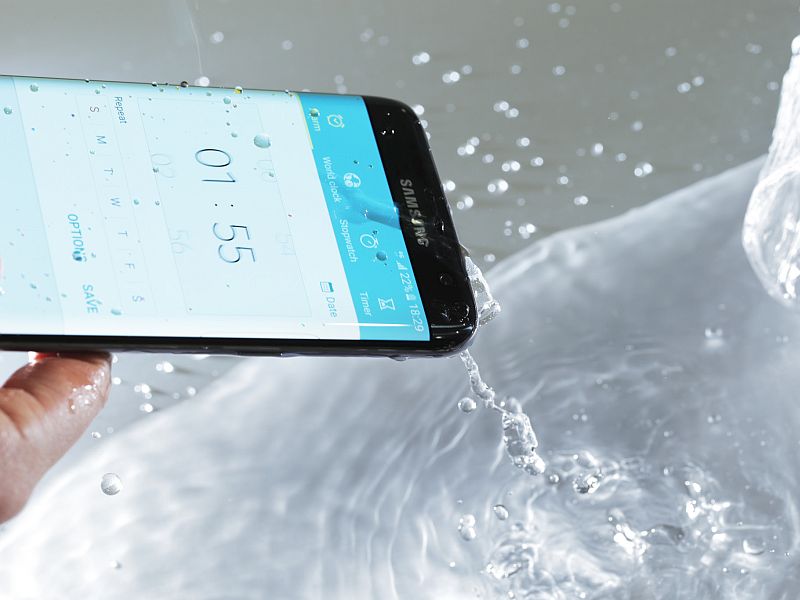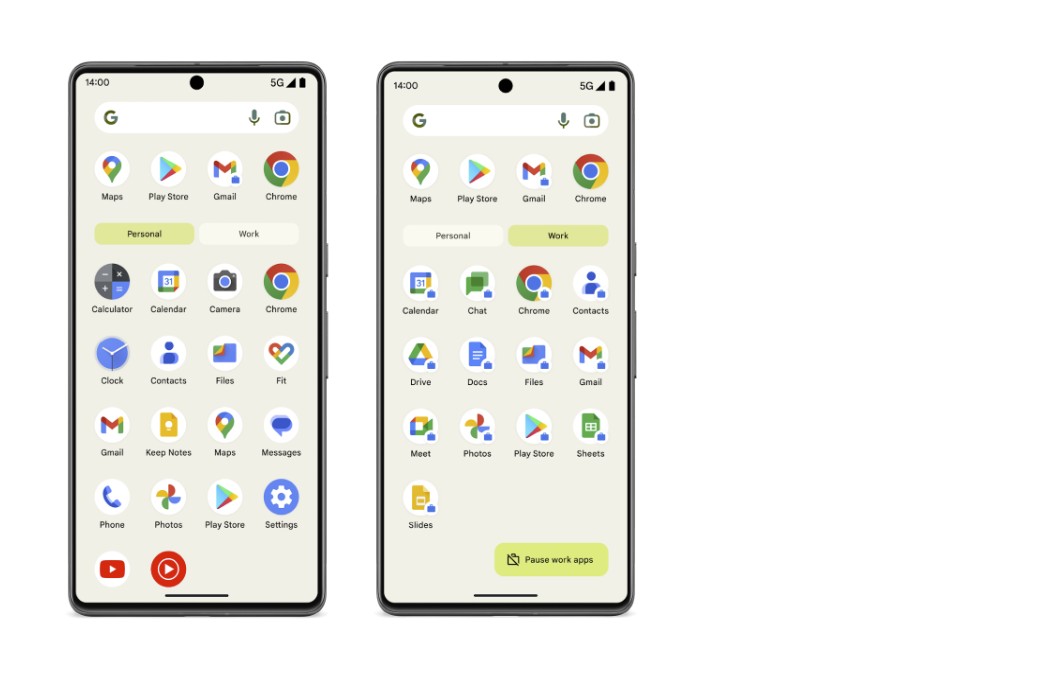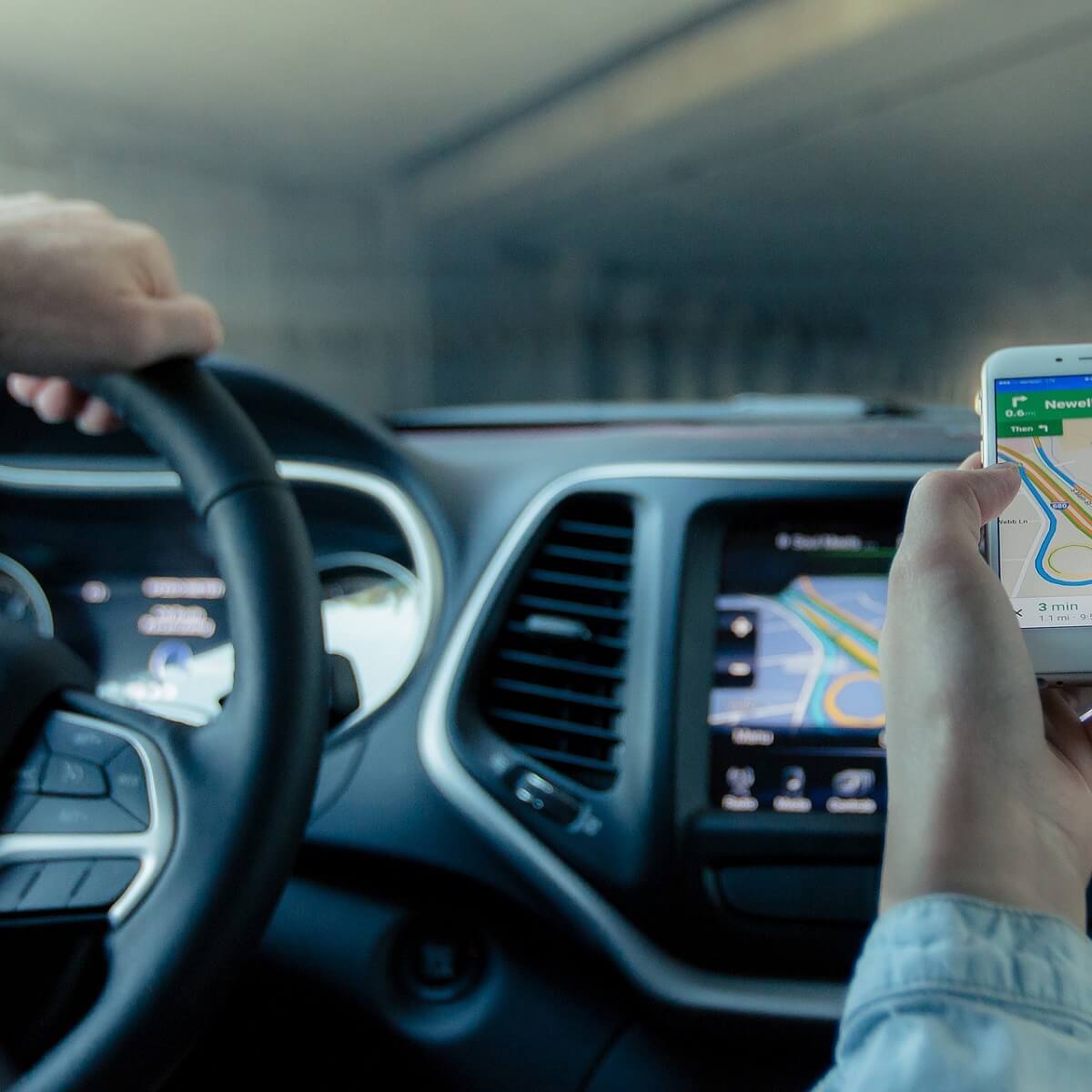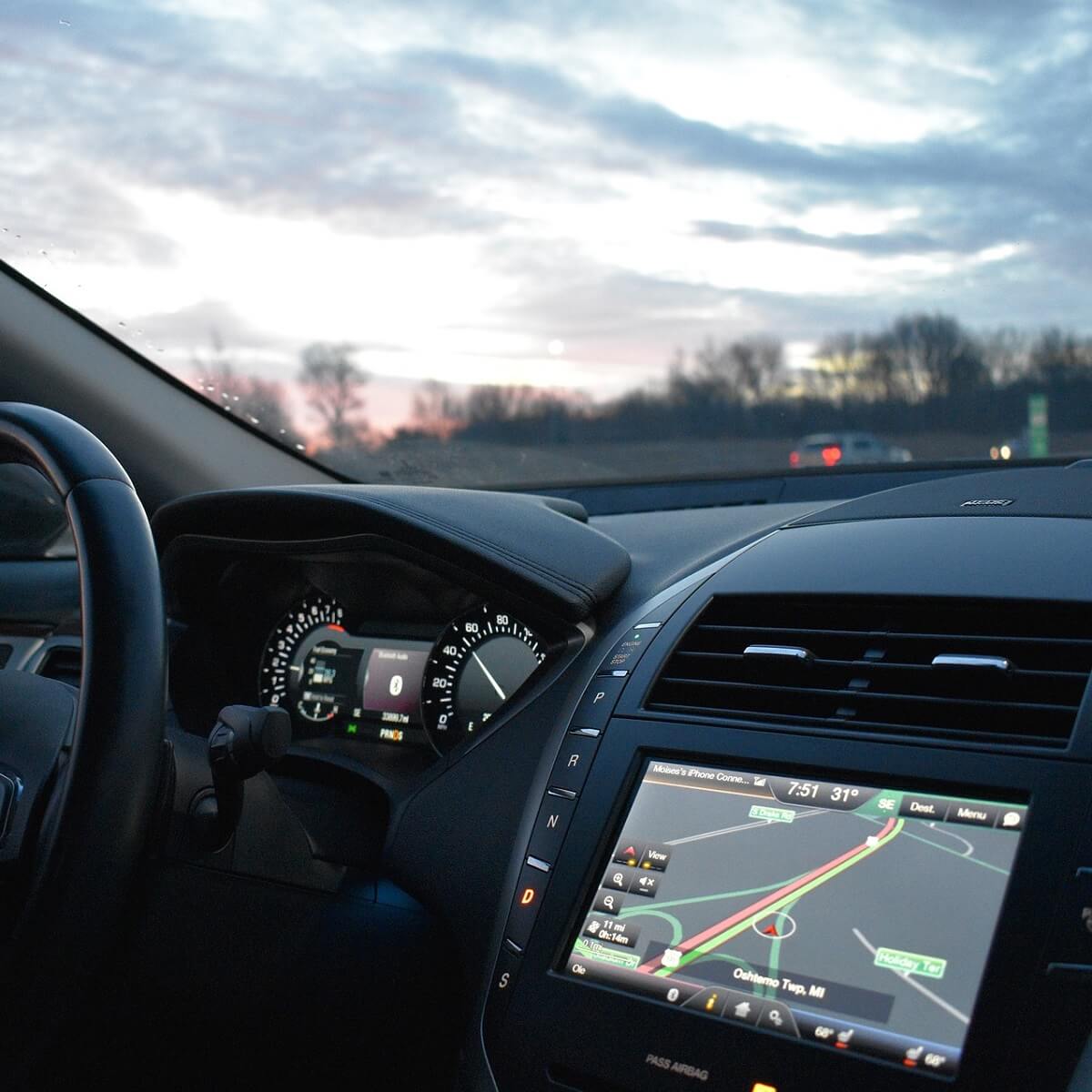How to Fix Galaxy S7 Edge Moisture Detected Alert
3 min. read
Updated on

When you talk about a certain device as being waterproof, it means that it comes with some sort of an “IP” rating. This is the “Ingress Protection,” and the numbers give you a general idea of what the handset is truly capable of. Your Galaxy S7 Edge is rated IP68. The first number refers to the level of protection against dust; as for that 6, it means that you don’t have to worry about any sort of dust that might be getting inside.
Things look perfect on paper, but they are a little different in reality. Water and dust resistance definitely attract many customers who want to take the phone outdoors or want to take underwater pictures, but many owners complained about the fact that the Galaxy S7 Edge cannot charge if the phone detects any moisture in the USB port, so that’s how things complicate once again.
At the same time, others received the very same “moisture detected” alert, but the message did not appear from the start, but after about an hour and the phone charged with no problem.
However, there is no perfect handset, so let’s see what it can be done in such a case. First of all, let me assure you of the fact that the wireless charging capability is not affected by the issue, but it’s still better not to put your wet handset on a charging pad.
Then, note that even if the Galaxy S7 Edge is indeed IP68 certified, the charging port is not covered and water may easily enter it. In such conditions, that message should not annoy you, but understand that the moisture sensor in the charging port is actually a nice addition to the Samsung phones as it protects the phone as well as its users from electric short circuits and any possible damages.
Whenever your device gets wet, you must stop wasting your time and dry it thoroughly with a clean, soft cloth to avoid any possible problems. It is also essential to stay away from salt water or ionized water. If your device is exposed to any of these, immediately use the cloth or else the Galaxy S7 Edge could have its microphone, its earpiece, and the external speaker blocked too.
Some say that a blow dryer makes the trick too, but I recommend to avoid using it though, as the heat may affect the components. In that matter, also read this tutorial on What to do when you Drop an Android Device into water.
And as you also know, your device has passed military specification (MIL-STD-810G) testing against a subset of no less than 20 specific environmental conditions, including sand, temperature, shock, as well as vibration, low pressure, and high altitude and not only, but once again things are not that great. The handset might not always perform well in all extreme conditions.
But are these aspects the ones that mater the most? Could they make you think reconsidering the decision of becoming the owner of this flagship?










User forum
0 messages